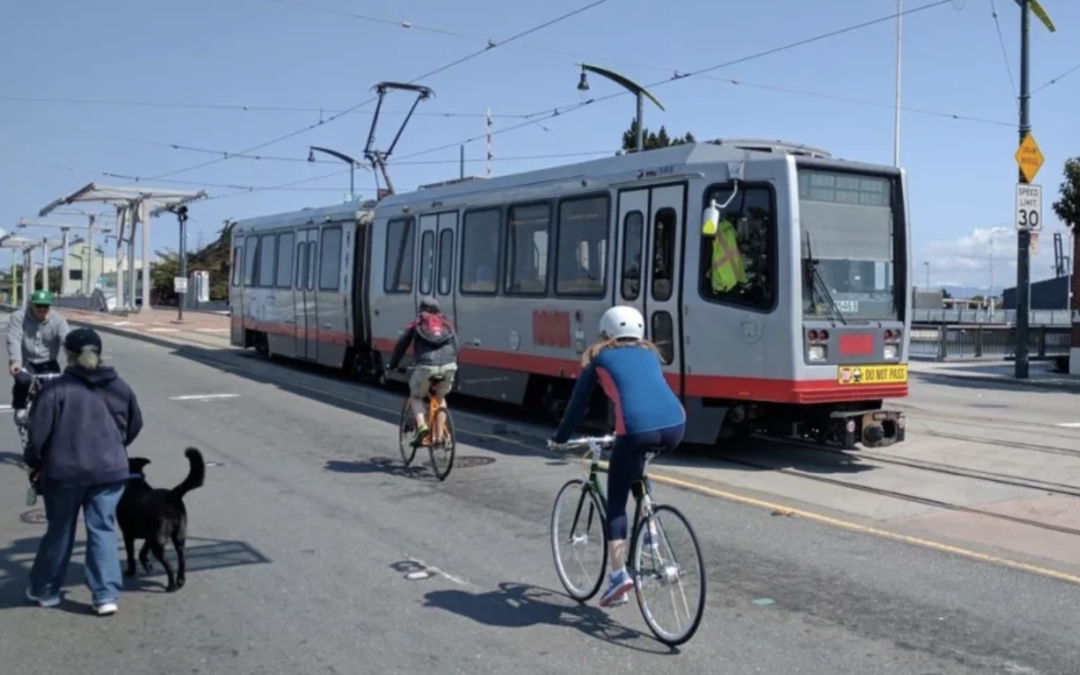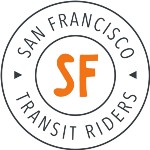By Vinita Goyal and Dr. Hollis Pierce-Jenkins
A section of this article was published by StreetsblogSF.
Lived Experience in the Bayview-Hunters Point
Meea Liang is a disabled, elderly, and low-income resident of the Northern Cooperative Community, set in the hills of the Bayview-Hunters Point neighborhood. She doesn’t agree with all the recent changes that were introduced in the neighborhood but likes some, including the “the new bus shelters, the fresh bike lanes, street fixtures, local businesses, improvements in black-owned shops and restaurants”. She relies on the 44 and 15 and takes the 23 sometimes, but the hill makes it very difficult for her and other folks to reach the bus stops. The T line remains hard to reach as well. “I want the bus lines to run more frequently and be on time, timing is so important because I have to get to work and run errands on a schedule.”
Currently, in the Bayview-Hunters Point, it can take three or four times longer to get anywhere by train than by car. Lack of good transit holds the power to limit residents’ access to food, housing, jobs, and spaces to gather and organize. Safer, more reliable, and more accessible transit overall in the community could help close the gap to accessing those other priorities.
Leslie Thornton is a member of 100% College Prep Institute and a student at the San Francisco State University (SFSU). She lives in the Potrero Hills and commutes most days to SFSU on the bus taking the L, 28, or 48. Other than that, she “really doesn’t use it regularly or to go to anything important because of the frequency.” It takes 48 minutes to get anywhere and if she misses the bus, she’s stuck and is often late. When Leslie was in high school, “the bus felt worse, lots of homeless, lots of drugs, and the bus ran over capacity.” She doesn’t think it has actually changed very much and because of that she now drives or uses other methods of transportation instead. Leslie would like to see more buses in the neighborhood, “it doesn’t take you exactly where you want to go.”
Meea’s and Leslie’s (names changed for anonymity) stories are among the ones that the San Francisco Transit Riders SFTR and Literacy for Environmental Justice became privy to in our ongoing engagement in the Bayview-Hunters Point. As part of the grant from the Bay Area Air Quality Management District, SFTR initially conducted more than 200 surveys with community residents at bus stops, street fairs, and farmers’ markets. We learned about residents’ personal stories with transportation, their desire for change, and the lack of agency they routinely experience. As a result, we have some understanding of resident concerns about “how trains and buses are frequently unreliable”, “street conditions are uneven”, and “travel feels unsafe”. Community members would like to rely on public transit but, unfortunately, in its poor state, many are forced to drive daily. The recently opened Central Subway connection is a good one but alas not a panacea of the transit issues entrenched in the Bayview community. For one the community desires multiple transit options, just like the rest of the city. “What the neighborhood has now is not enough.” Given the structural deficit and the looming fiscal cliff on the city’s transit it is not clear how and when can we address that.
We believe our Transit Justice Coalition-led efforts can begin to center the needs of residents everywhere but especially those who have been long neglected, reinvoke agency in communities such as in the Bayview as well as be transformational for the future of equitable transit for San Francisco.


